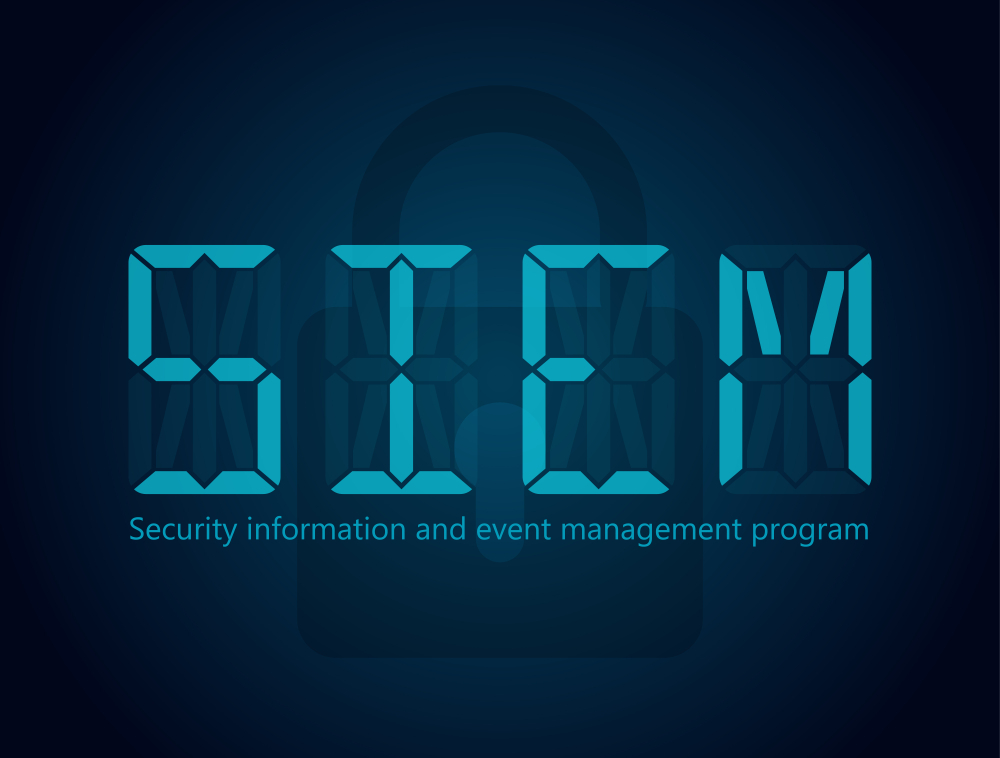In today’s digital environment, businesses and organisations are always at danger of cyberattacks and security breaches. Data security is more crucial than ever as it becomes more valuable and critical. Protecting an organization’s assets and sensitive data requires the use of Security Information and Event Management (SIEM) systems. The effectiveness of SIEM solutions might change with integration with Python, a powerful programming language. In this blog post, we’ll examine how SIEM and Python might be used to enhance security.
Understanding SIEM
Let’s first briefly discuss what a SIEM system is and why it’s important in today’s data-driven environment before diving into the integration with Python.
Security Information Management (SIM) and Security Event Management (SEM) are two crucial components of SIEM, a comprehensive security system. Simultaneous event monitoring (SEM) concentrates on real-time monitoring and event correlation whereas SIM includes the collection and analysis of security-related data from various sources. SIEM systems have the following objectives:
- Data Gathering: SIEM systems gather security data from a range of sources, including logs, network traffic, and system events.
- Normalize and Analyse: They put this data into a standard format and then normalize and examine it to look for any irregularities or indications of security events.
- alarms and Reporting: SIEM systems produce alarms and reports when suspicious actions are discovered, enabling quick reaction to possible risks.
- Management of Compliance: By offering audit trails and reporting, they assist organisations in adhering to legal compliance standards.
Why Python for SIEM Integration?
A flexible, high-level programming language noted for its readability and simplicity is called Python. Python offers a number of benefits when coupled with SIEM systems:

- Large Library Ecosystem: Python has a large ecosystem of libraries and modules that make it easier to do tasks like data analysis, machine learning, and integration with different data sources.
- Community Support: Python has a thriving developer community, so there are many of tools, tutorials, and other forms of help accessible.
- Flexibility: Python is a good tool for integration because of its adaptability, which enables it to communicate with a broad range of SIEM systems and data sources.
- Automation: Python can carry out monotonous activities like log analysis and incident response automatically, freeing up security specialists to focus on more strategic work.
Now, let’s explore some ways Python can be integrated with SIEM systems to enhance security.
Python and SIEM Integration Scenarios
- Log analysis and enrichment
Python may be used to read and examine logs produced by many devices, systems, and programs. You may gain useful insights from unprocessed log data by building your own scripts or utilizing tools like Pandas and Numpy. Additionally, Python can enhance logs with extra context, such IP geolocation or threat intelligence feeds, to aid SIEM systems in more efficiently detecting and addressing threats.
- Automating Incident Response
Time is of the importance when a security event arises. Python has the ability to automate incident response processes, enabling security teams to respond quickly and efficiently. Python scripts, for instance, can be used to block malicious IP addresses, quarantine hacked devices, or inform the right employees when anything goes wrong.
- Threat assessment
Proactive threat hunting can benefit from Python’s data analytic skills. Python is a programming language that security analysts may use to develop bespoke analytics and algorithms to find hidden hazards in massive datasets. This makes it possible for organisations to fend against prospective attackers.
- Including Threat Intelligence Feeds
Python may be used to connect SIEM systems to streams of threat intelligence. Security teams may better comprehend new threats by automatically obtaining and updating threat intelligence data, and they can then modify their defences accordingly.
- Individualized Dashboards and Reporting
Custom dashboards and reports for SIEM systems may be produced using Python’s data visualization packages, such as matplotlib and seaborn. These dashboards offer a visual depiction of security events and trends, making it simpler for analysts to recognize and respond to concerns.
Challenges and Considerations
Although Python has several advantages for SIEM integration, there are a few difficulties to take into account:
- Security: Python programs need to be closely guarded in order to prevent misuse or illegal access.
- Performance: Depending on the volume of data and the complexity of the scripts, there can be issues with performance. It’s important to maximize.
- Upkeep: For Python scripts to be effective and useful, regular updates and maintenance are required.
- Skills: Security employees may need to learn Python programming or collaborate with developers in order to effectively implement these solutions.
Conclusion
Integrating Python with SIEM systems may greatly improve an organization’s security posture in a data-driven environment where security threats are always changing. Python is a useful tool for analyzing logs, automating incident response, and staying ahead of new threats because of its adaptability, large library support, and automation capabilities.
However, it’s crucial to approach Python SIEM integration with consideration, taking security, performance, and maintenance issues into account. Python may enable security teams to better defend their organisations in a threat environment that is becoming more complicated with the correct approach and knowledge.






